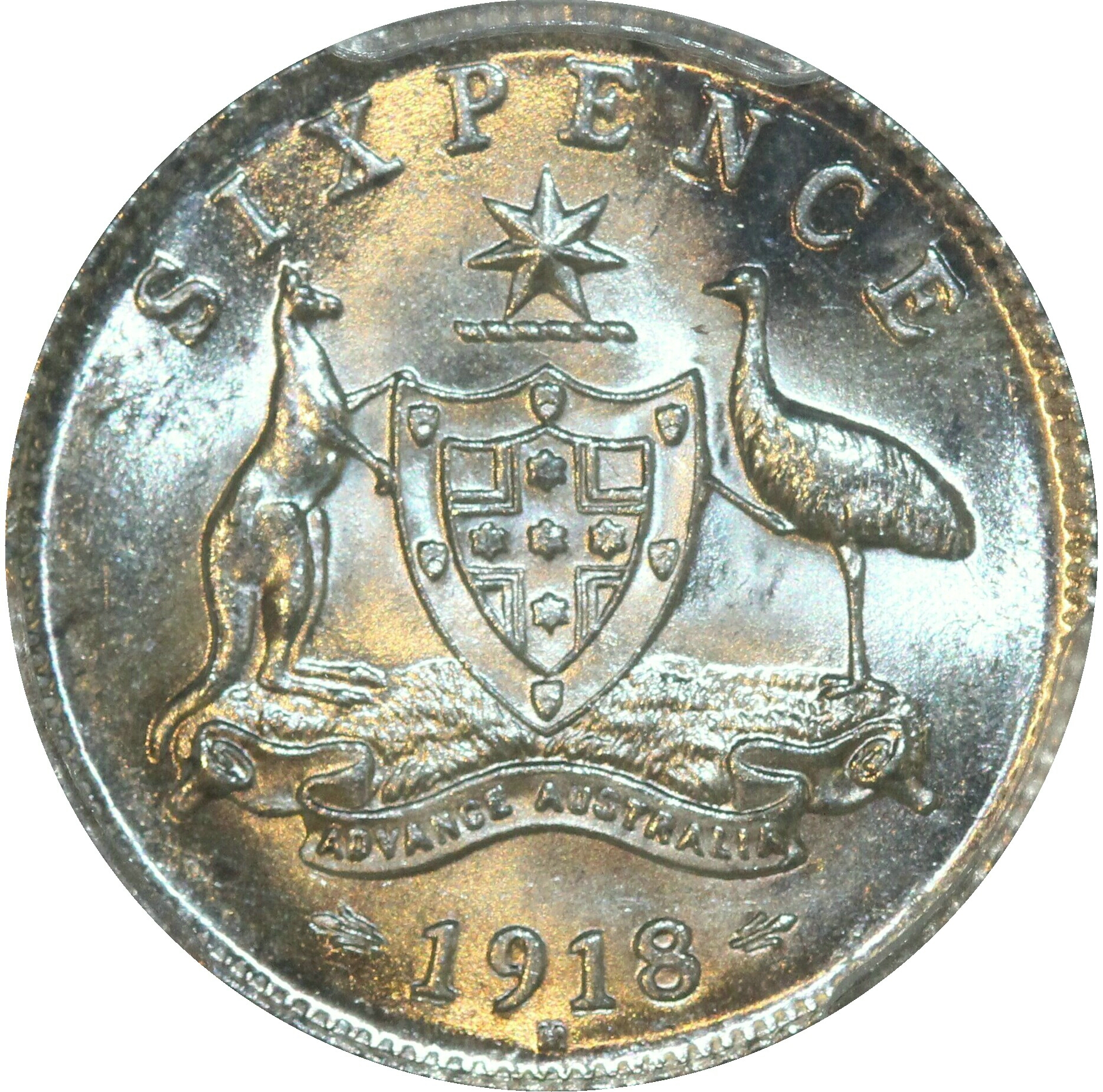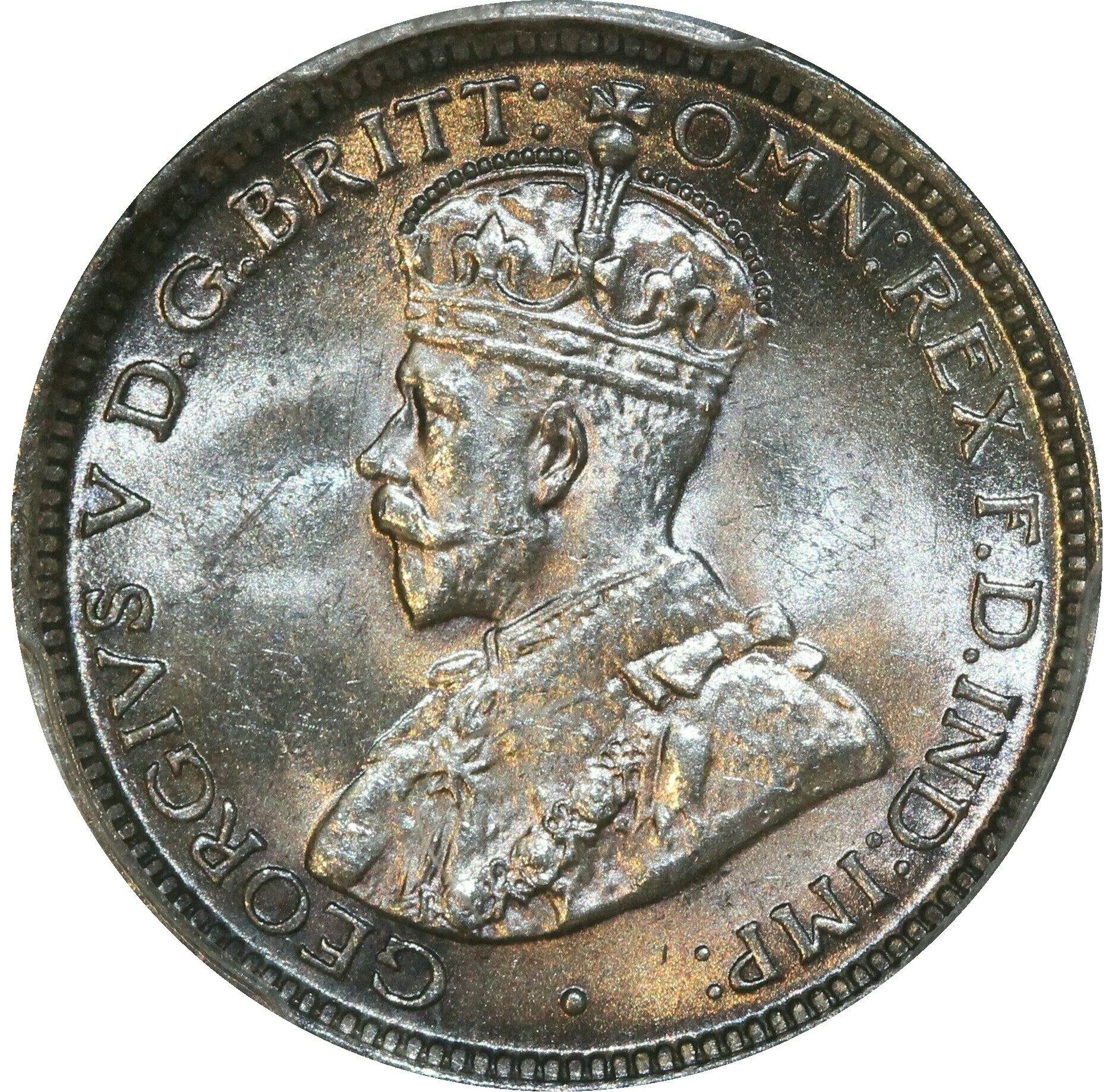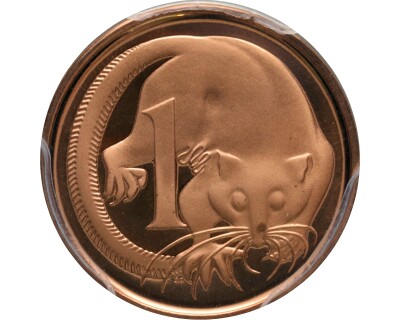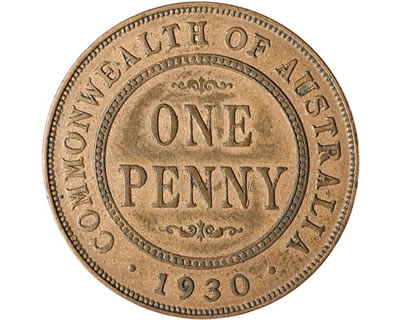Collecting Old Australian Coins
Sixpence
Like the other main silver denominations, the sixpence started in 1910 though unlike the threepence, ended in 1963. The Edward VII issue of 1910 is relatively common in lower grades and starts from around $150 in mint state. The George V series, struck from 1911 to 1936 excluding 1913, 1915, 1929, 1930, 1931, 1932, and 1933, is generally affordable in lower grades though in mint state all dates will cost at least $100 in mint state and many start at the $1000 mark. Budget collectors may need to aim for the XF-AU range with most dates being available as such for under $100. The key date is the 1918 sixpence which starts at about $25 in lower grades and from $1500 in mint state. No date stands out as being incredibly rare unlike the previous three denominations.


The George VI series was struck from 1938 to 1952 though unlike the penny and threepence, its design didn't change keeping the original Coat of Arms reverse. It is for this reason that no patterns were produced as there was no new design to approach. Like the threepence, the San Francisco and Denver mints assisted in producing during World War II and this was indicated by an S or D mint mark above the date. The 1939, 1940, 1943-S, and 1952 are all somewhat scarce in mint state though collectors should have no trouble sourcing mint-state examples for $100 to $300. In lower grades all dates are affordable.
The Elizabeth II series was struck exclusively at the Melbourne mint from 1953 to 1963 and while no date is particular scarce, the low-mintage 1953 tends to command a premium and starts from around $100 in mint state. The 1956 is probably scarcer but sells for slightly less while the other dates are generally quite affordable.









